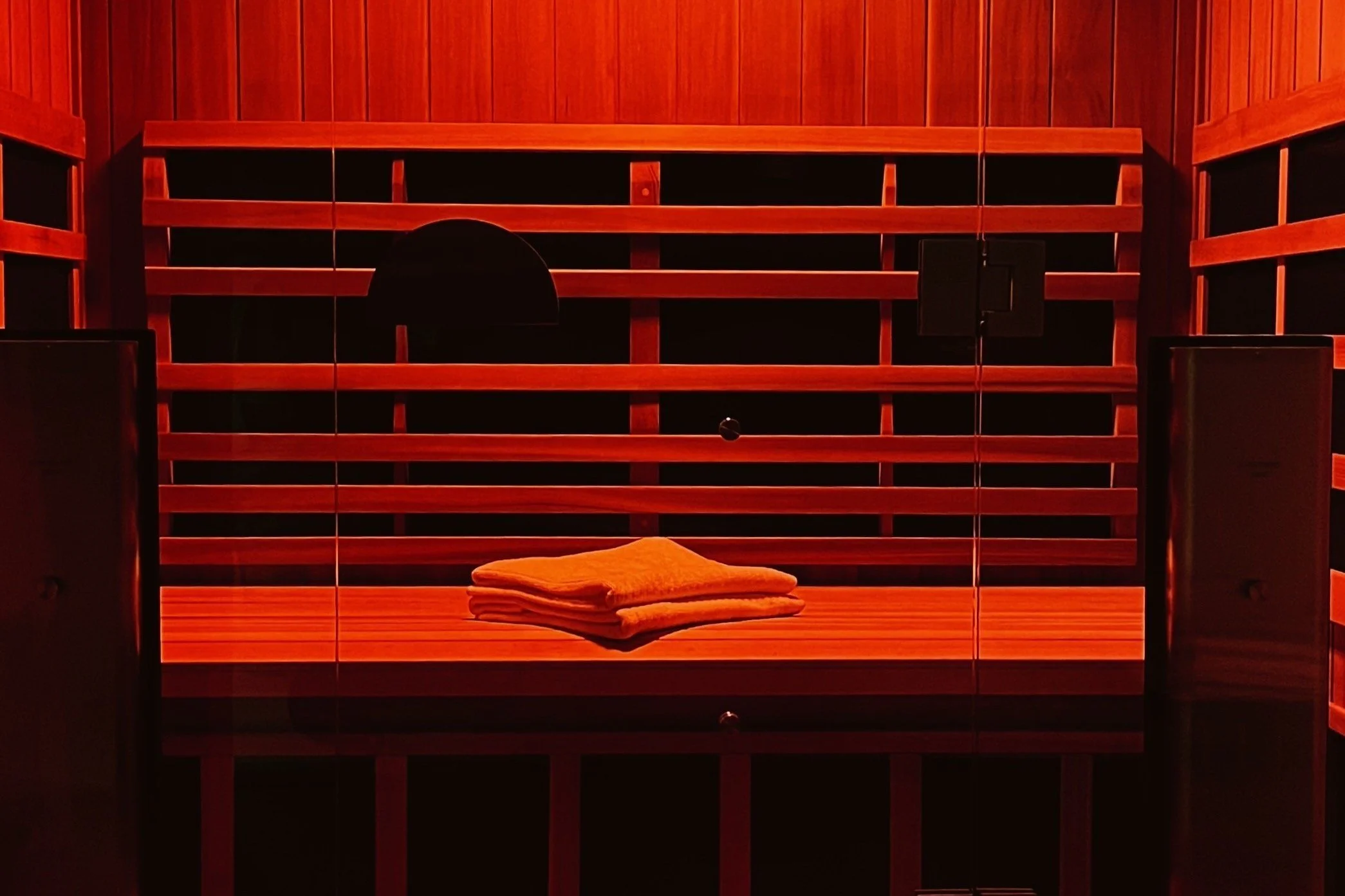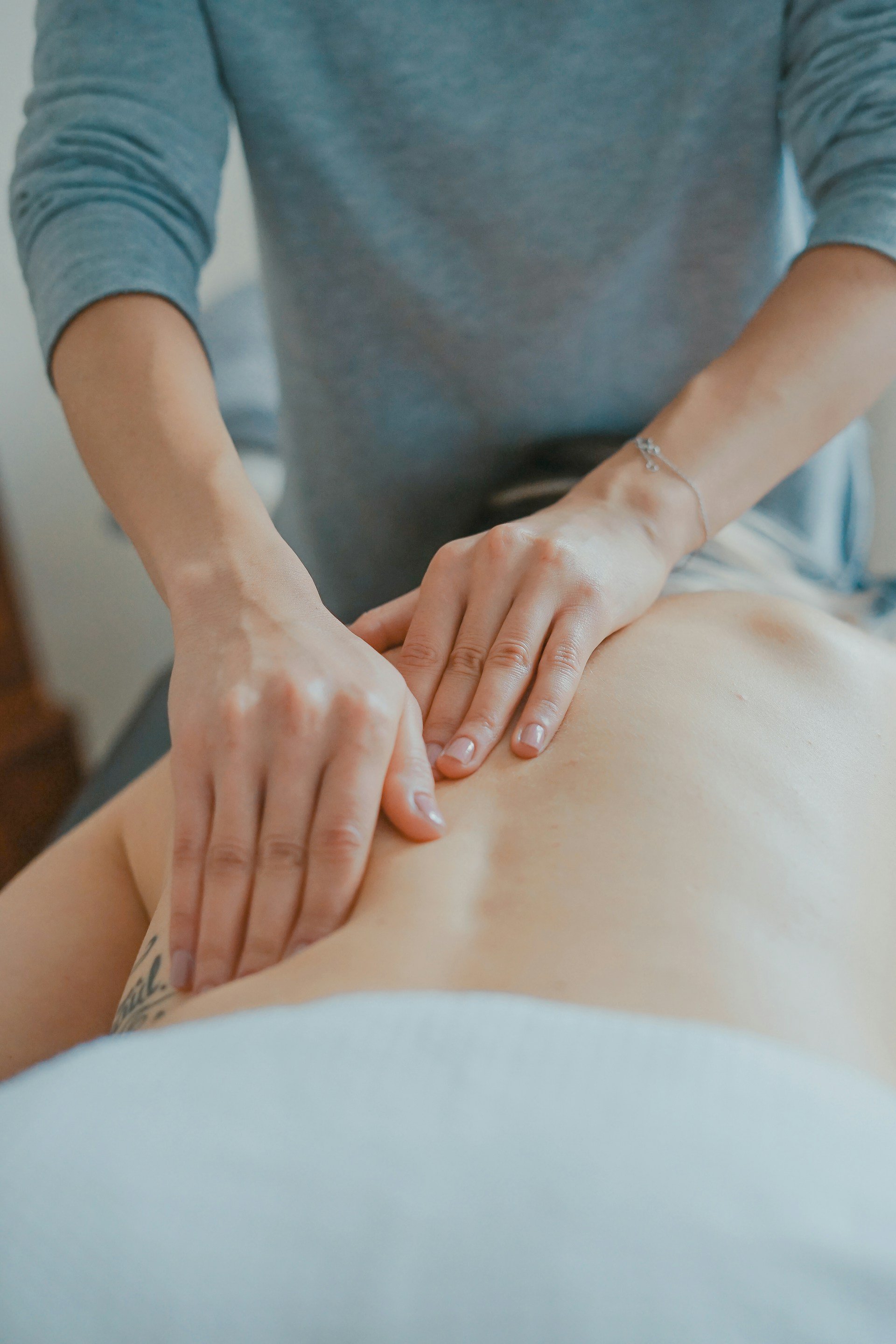6 Recovery Options After Intense Workouts
Post-exercise recovery is key to fitness gains and performance. Using recovery tools boosts these benefits, supporting a well-rounded fitness journey.
fitness, wellness
Embarking on the challenging journey of pushing our body to its limits during an intense workout has become a cornerstone of our active lifestyle. Yet, it is in the realm of recovery that the true magic happens.
The process becomes more than a necessity for overall well-being; it transforms into a sacred ritual of self-care and a pathway to sustained fitness progress. It's not just about bouncing back; it's about elevating the body, mind, and spirit to new heights.
Physiological Aspects of Recovery
After pushing your body through a challenging workout, it undergoes a series of physiological changes. Muscle fibers experience microscopic damage, and energy stores deplete. Recovery is the body's intricate process of repairing and replenishing, aimed at optimizing performance for future endeavors.
Why It's Crucial
Recovery isn't just a luxury; it's a fundamental necessity for anyone committed to fitness. Engaging in proper recovery enhances muscle repair, reduces inflammation, and prevents overtraining. Failing to prioritize recovery may lead to increased risk of injuries, decreased performance, and hindered progress in your fitness goals.
Optimizing Adaptation
When you push your body with intense exercise, it doesn’t get stronger during the workout—it happens afterward, during recovery. This is when your body repairs and adapts, building resilience over time. Knowing this, you can fine-tune your recovery routine to make the most of these natural processes, helping each workout leave a lasting impact on your fitness.
Incorporating simple, accessible recovery methods into your post-workout routine can accelerate this process. From stretching to proper nutrition, small changes can lead to noticeable improvements in how quickly your body bounces back and gets stronger for the next challenge.
Sauna: Harnessing the Heat for Endorphin Release
HUUM Sauna, nordic design, Photo: HUUM Sauna
Using a sauna after a workout offers more than just relaxation. It might initially feel uncomfortable due to the release of dynorphin, a natural opioid linked to feelings of unease. But this temporary discomfort could be the key to boosting our sensitivity to endorphins—the body's "feel-good" chemicals.
Here’s how it works: When dynorphin binds to kappa-opioid receptors, it kicks off a feedback loop that increases the sensitivity of mu-opioid receptors to beta-endorphins. This change can make us more receptive to the pleasurable effects of endorphins, potentially leading to better pain relief, a brighter mood, and reduced stress.
With regular sauna use, this process may strengthen over time, making the body even more attuned to endorphins in everyday experiences. In this way, saunas could support both physical recovery and mental well-being.
While traditional saunas are well-known, infrared saunas have gained traction for their distinct approach to heat therapy. Instead of warming the air around you, infrared saunas use light to penetrate the skin more deeply. This method promotes better circulation and encourages relaxation.
The gentler heat of infrared saunas may also help with muscle recovery and reduce inflammation, offering an option for those who prefer a less intense experience. Whether you’re seeking deep warmth or a lighter touch, both types of saunas have unique benefits worth exploring.
Theragun percussive therapy: Precision in Muscle Recovery
Deep muscle stimulation with a Theragun for lasting relief.
When it comes to performance enhancement and easing discomfort, Theragun is in a league of its own. It's our go-to choice for warming up. This handheld device uses percussive therapy to relieve muscle tightness and soreness, sending rapid pulses of pressure to stimulate blood flow, reduce tension, and speed up recovery.
Incorporating Theragun into your routine can target specific areas of discomfort, making recovery feel more precise and effective. The ergonomic design makes it super comfortable to hold, and the triangular shape gives you better coverage than most other devices. Plus, with a long-lasting battery (up to 120 minutes on a full charge), it's easy to take with you wherever you go.
Cold Plunge in Recovery: Pros and Cons
Being comfortable with discomfort becomes a valuable skill that you can use as a tool in different life challenges when needed.
Cold plunge, or cold water immersion, is a popular recovery method for athletes and fitness enthusiasts after tough workouts. It involves immersing the body in cold water (typically 10-15°C / 50-59°F) for 3-20 minutes. Many swear by its ability to reduce muscle soreness, inflammation, and speed up recovery, making it feel like a reset for your body.
That said, the scientific support is mixed. Some studies point to benefits, but others aren’t so clear. Like any recovery method, the experience varies from person to person. Some find it energizing, while others might not enjoy it as much. Ultimately, cold plunge is just one of many options, and it’s about discovering what works best for you.
Quality Sleep in Post-Workout Recovery
A man sleeping in bed, Photo: Sleep Center of Middle Tennessee
Sleep plays a crucial role in regulating hormones like cortisol and growth hormone, which are essential for muscle and tissue growth. It also helps repair and regenerate damaged cells, including muscle tissue. Beyond physical recovery, sleep is key for mental health, supporting brain function and memory, and helping you respond to daily challenges—exercise included.
Quality sleep isn’t just a recovery tool; it’s the unsung hero that makes your gym efforts count. In your recovery routine, sleep isn’t optional—it’s essential for hitting your fitness goals. Adults need 7 to 9 hours of sleep each night to perform at their best.
Recovery through Massage: Nurturing Your Muscles
Practitioner administers a therapeutic full-body massage, Photo: Gettyimages
Traditional massage is a tried-and-true method for muscle recovery. The hands-on approach helps release tension, boost circulation, and reduce inflammation. Whether you go for professional massages or use self-massage techniques, adding this practice to your routine can improve flexibility and ease post-workout soreness.
The key in both massage and recovery, whether using a device or your hands, is stimulating blood flow. Simply massaging the affected area can greatly improve recovery results.
Roller: Smoothing Out Knots and Tension
Foam roller for post-exercise recovery, Photo: mirafit.co.uk
Myofascial release is a technique aimed at relieving muscle tightness and improving flexibility by targeting the fascia, a connective tissue surrounding muscles. This can be achieved through various methods, including massage and foam rolling. Foam rollers, now a staple in recovery routines, offer a form of self-myofascial release.
By rolling over muscles, individuals can effectively break down adhesions and knots in the fascia, promoting improved flexibility and range of motion. Whether you're an athlete or a fitness enthusiast, incorporating foam rolling into your post-workout routine can significantly enhance muscle recovery and reduce the risk of potential injuries.
In Conclusion
As we explore different ways to recover, discover the fundamental role recovery plays in building strength and resilience after exercise and think about how these methods can fit into your daily life. Listen to your body when choosing recovery methods.
Consider what works for you and consult a healthcare professional if needed, especially with health concerns. Recovery after intense workouts is about more than just rest—mixing different methods can offer a well-rounded approach. Try different options to find what works best, and remember, recovery is key to any fitness routine.
***
Note. While we strive to provide informative content, it's important to note that the information in this article is not intended as medical advice. Every individual's fitness journey is unique, and before incorporating any recovery options into your routine, we recommend consulting with your healthcare professional for personalized guidance based on your specific health needs and conditions.
About the Author
Razvan Chiorean is a published author of Wellness Vault and a passionate advocate of sport performance and holistic fitness, bringing forth a wealth of knowledge and insight accumulated over more than a decade of dedicated involvement in the fitness space. He’s also an enthusiastic triathlete. Whether it’s swimming, cycling, or running, Razvan champions the idea that endurance and consistent movement is essential for overall health and a resilient mind-body connection. This philosophy not only supports physical and mental well-being but also empowers individuals to flourish in a world increasingly shaped by digital convenience.
Reference
Popular Posts
CARDIO MEETS STRENGTH
When being fast isn’t fast enough!
Inspiration & Education
Connect with Nature
Power of Habit
Follow the Money

























